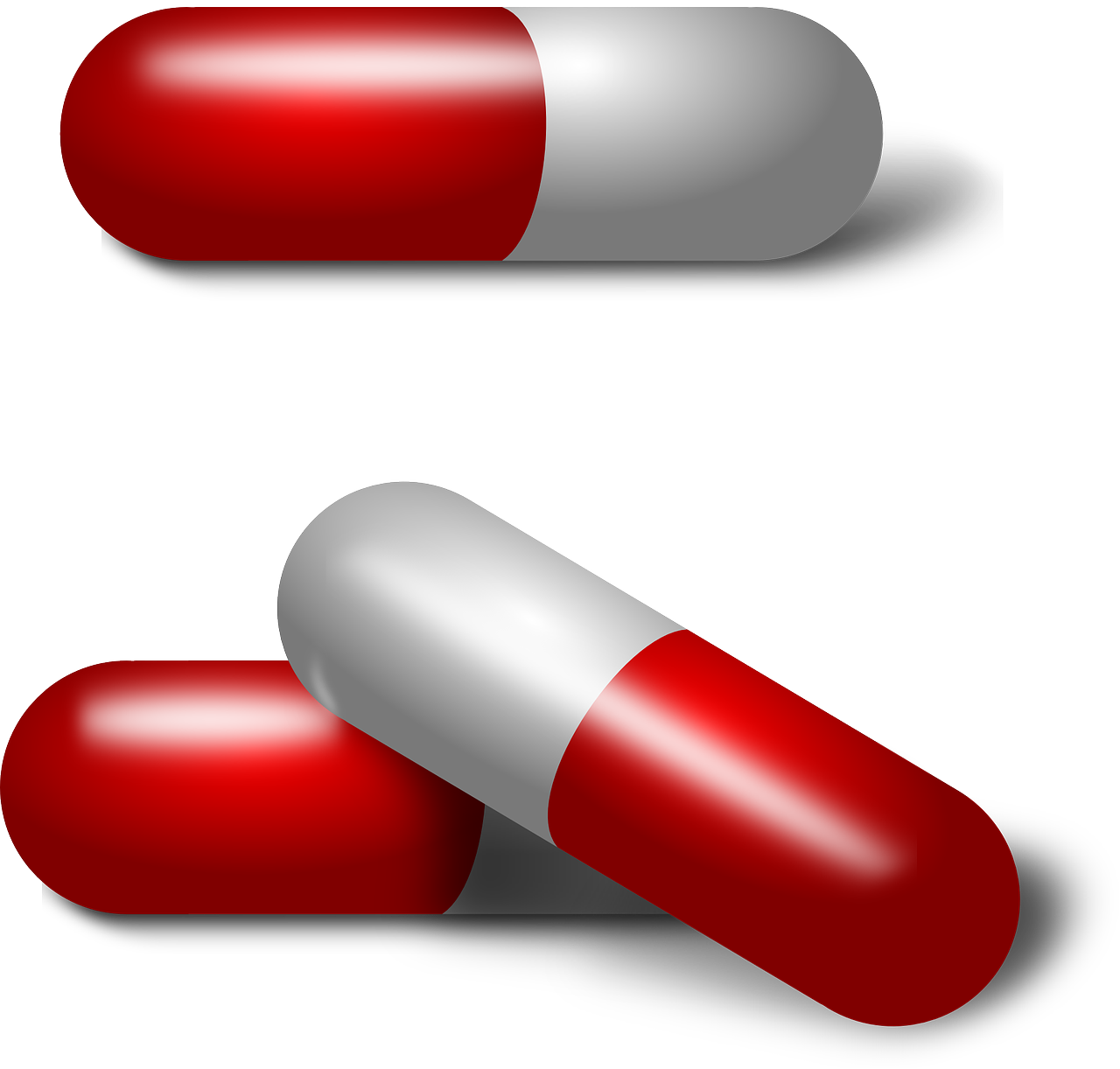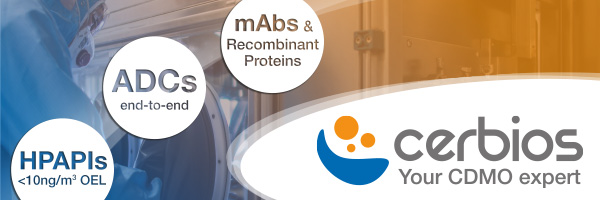Contract Services
Into the mind of your procurement officer... 20th November 2017
By our Editorial Team
Our review of the DCAT benchmarking study, Value-Based Metrics, a special report examining the pharma customer-supplier rela

Our review of the DCAT benchmarking study, Value-Based Metrics, a special report examining the pharma customer-supplier relationship.
Metrics are an important tool for pharmaceutical companies to evaluate the success of the customer-supplier relationship. Reductions in costs or cycle time are common considerations, but as procurement organizations in pharmaceutical companies are charged with delivering value through supplier-enabled innovation, supplier-risk mitigation, and improved supply-chain transparency, among others, how do companies and their suppliers quantify the value derived from these activities?
A recent report by the Drug, Chemical & Associated Technology Association (DCAT) might allow contractors to ensure they are tracking the correct data in able to help answer the questions that procurement organizations ask when considering suppliers. Understanding the needs of the procurement officer is an increasingly important skill in modern business – it’s no long a simple matter of being able to do the best job; offering quantifiable evidence of your abilities is now crucial. DCAT’s study will help many companies understand what data need to be collected to address this requirement.
DCAT’s report (released in September 2017) examined the practices and key metrics used by pharmaceutical companies and suppliers to measure the benefits of value-creation activities in the supply of direct materials used in pharmaceutical/biopharmaceutical development and manufacturing. The study was developed by the DCAT Research & Benchmarking Task Force and administered by Cell Associates, a St Louis-based marketing and research company.
An online survey conducted from May to July 2017 used more than 30 benchmarks to evaluate value-creation activities. In total, 387 DCAT member companies were invited to participate. One-third (33%) of respondents worked in pharmaceutical companies while two-thirds (67%) worked in companies that supplied those companies with direct materials. Key findings from the study are summarized below.
Use of value-based metrics
The use of value-based metrics was high among pharmaceutical companies and suppliers, though they differed in their views on the effectiveness of those metrics. 82% of the pharmaceutical companies surveyed had formal processes to measure supplier performance for value-creation activities, and 67% of suppliers said they were subject to an evaluation process of this type. 63% of pharmaceutical companies considered the metrics used to be quite effective, but only 43% of suppliers felt that the value-based metrics to which they were subject were effective.
Key findings
The top three value-based metrics used by pharmaceutical companies and suppliers were:
- Cost improvement over time
- Risk mitigation
- On-time in full.
Cost improvement: The top two metrics used by pharmaceutical companies and suppliers for measuring the benefits of supplier-enabled innovation were cost of goods sold and cycle times/development times, with cost of goods sold being cited as the most effective metric. 67% of pharmaceutical companies said they were involved in 1 to 10 projects per year involving supplier-enabled innovation with measurable value. More than one-half (55%) of suppliers were involved in 1 to 10 such projects per year.
Risk mitigation: Pharmaceutical companies used, and suppliers were subject to, various metrics for measuring the benefits derived from supplier-risk mitigation. Pharmaceutical companies used several metrics with fairly equal frequency: business-continuity metrics, metrics for using alternate sourcing, revenue-impact metrics, and metrics to evaluate cost avoidance for supply disruption) while suppliers were subject to business-continuity metrics more often than other metrics.
Supply chain transparency: A high proportion of pharmaceutical companies (82%) and suppliers (75%) were involved in metrics involving supply-chain transparency and/or traceability.
Sustainability: Both pharmaceutical companies and suppliers were involved with common metrics to measure sustainability practices. The top four sustainability practices evaluated were: training in sustainability and compliance; sustainability goals in supplier contracts and bidding processes; supplier diversity; training in anti-corruption practices. Approximately 70% of both groups used one or more of these metrics.
Geographic location: A minority (less than 33%) of pharmaceutical companies or suppliers considered specialized metrics based on the location of the suppliers’ facilities.
Customer-of-choice metrics: Similarly, a minority (less than 33%) had an evaluation process in which suppliers were asked to measure the performance of the pharmaceutical company (i.e. customer of choice).
Effectiveness of value-based metrics
Pharmaceutical companies and suppliers differed in their views on the effectiveness of value-based metrics. On an overall basis, 63% of pharmaceutical companies considered the metrics that they use to measure supplier performance for value-creation activities to be quite effective. Fewer suppliers (43%) said that the value-based metrics which they were subject to were quite effective.
“We are delighted to be able to offer these valuable insights as part of a complimentary service, DCAT Benchmarking, to our member companies,” said DCAT Executive Director, Margaret Timony. “Because the DCAT membership includes both innovator and generic drug manufacturers and suppliers of ingredients, development and manufacturing services, and related technologies, we were able to survey both sides of the pharmaceutical customer-supplier relationship. This report will help our member companies evaluate where they stand in relation to their peers.”
For further information, contact Erin Sanders, Senior Communications & Technology Specialist at DCAT, on +1 609 208 1888 (ext. 7001) or at esanders@dcat.org.



